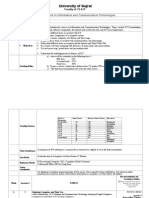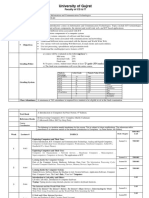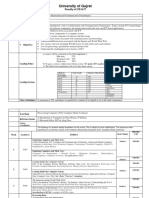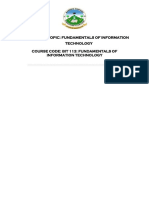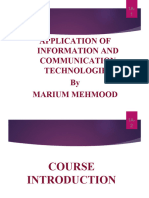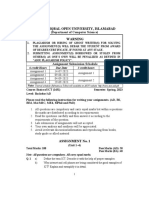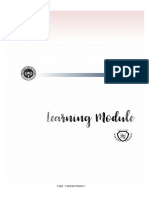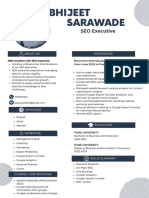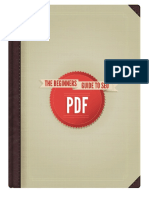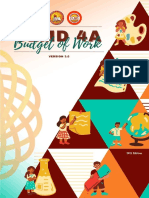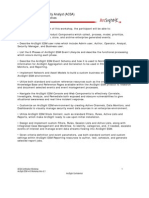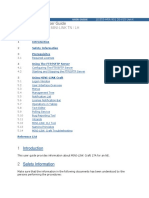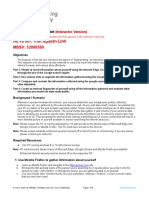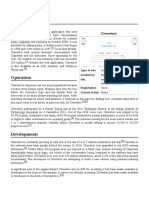0% found this document useful (0 votes)
49 views5 pagesICT CourseOutline
The document outlines the course CS-161: Introduction to Information and Communication Technologies at the University of Gujrat, detailing its objectives, grading policy, and attendance requirements. It covers various topics including computer systems, software applications, networking, and security measures. The course includes lectures, assignments, and exams to assess student understanding and engagement.
Uploaded by
Information technologyCopyright
© © All Rights Reserved
We take content rights seriously. If you suspect this is your content, claim it here.
Available Formats
Download as DOC, PDF, TXT or read online on Scribd
0% found this document useful (0 votes)
49 views5 pagesICT CourseOutline
The document outlines the course CS-161: Introduction to Information and Communication Technologies at the University of Gujrat, detailing its objectives, grading policy, and attendance requirements. It covers various topics including computer systems, software applications, networking, and security measures. The course includes lectures, assignments, and exams to assess student understanding and engagement.
Uploaded by
Information technologyCopyright
© © All Rights Reserved
We take content rights seriously. If you suspect this is your content, claim it here.
Available Formats
Download as DOC, PDF, TXT or read online on Scribd
/ 5
